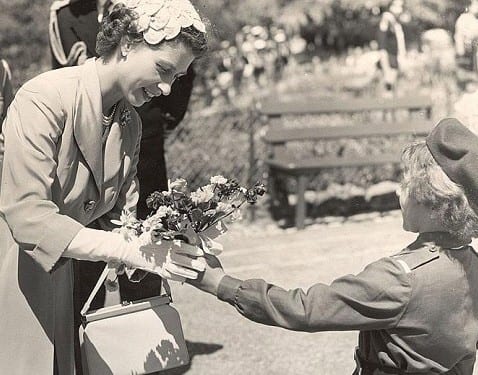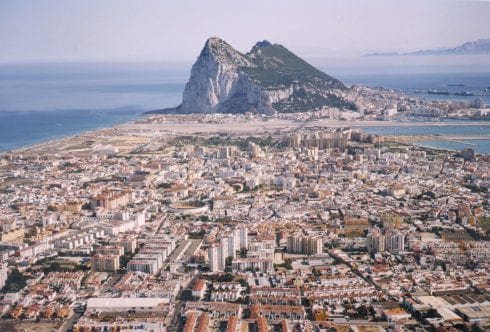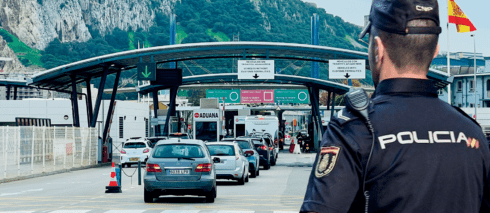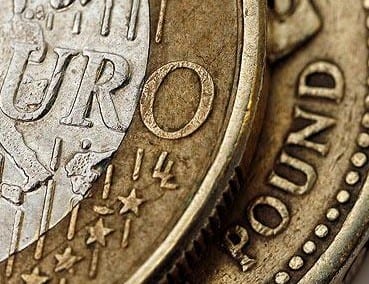AFTER the Second World War, Franco adopted a combative approach to Gibraltar.
 A 1954 visit by Queen Elizabeth II infuriated the dictator, who threatened to confiscate Gibraltarians’ Spanish properties.
A 1954 visit by Queen Elizabeth II infuriated the dictator, who threatened to confiscate Gibraltarians’ Spanish properties.
In 1963 and 1964, Gibraltarian leaders Sir Joshua Hassan and Peter Isola lobbied the UN, who rejected Spain’s claim to the Rock.
On September 10, 1967, Gibraltarians voted overwhelmingly in favour of remaining under British sovereignty, with 12,138 opting for the status quo and only 44 opting to live under Spanish rule.
The Gibraltar Constitution Order was published on May 30, 1969. On June 9, an outraged Franco closed the Rock’s borders.
Residents now had to make a sea-bound voyage to visit friends and relatives, with telephone lines cut. It was effectively a siege designed to cause economic hardship to Gibraltarians. The Rock’s Spanish workforce was replaced by hundreds of Moroccans, and food trade with Spain came to a halt.
Although Franco died in 1975, the border remained sealed until 1982, when it was finally reopened.
- Franco was born in 1892 in the Galician naval town of El Ferrol, the son of a naval officer.
- His father Nicolas, whom Franco was not close to, deserted the family and ran off to live with his mistress in Madrid.
- After failing to follow his brother, father and grandfather into the navy, Franco left for the Toledo infantry academy and became an officer in the Spanish army corps.
- The bully was bullied himself at school and nicknamed Franquito (Frankie Boy) as he wouldn’t participate in his fellow students’ activities.
- Franco was sent to Morocco in 1912 to fight in the colonial war, where he stayed until 1926, developing a reputation for courage and brutality. He received a stomach wound near Ceuta 1916, which reputedly would have killed him if he hadn’t been inhaling.
- He became the youngest general in Europe since Napoloeon, aged 33.
- During World War Two, Franco wrote a semi-autobiographical novel called Raza, using the pseudonym Jaime de Andrade. It was later turned into a film.
- British pilot Cecil Webb, took off from Croydon Airport on 11 July, 1936 to fly Franco from the Canary Islands to Tetuan in Morocco to start the army uprising.
- Franco slept next to the severed hand of St Teresa of Avila, which was looted from Ronda by a Republican prisoner in 1937.
- Franco, like Adolf Hitler, only had one testicle after being shot in the abdomen in 1916, it was revealed in a 2009 book by Jose Maria Zavalar.
- Franco met Hitler in Hendayne on the French border in 1940 to discuss Spain entering World War Two.
- Although Spain remained neutral, Franco sent the Division Azul unit of volunteers to fight on the eastern front for Hitler.
- Salvador Puig Antich, an anarchist robber who killed a policeman, was garroted in 1974, the final person to be executed in this way under Franco’s regime.
- A pact of non-intervention was agreed by the world’s major powers when war broke out in 1936 but Franco enlisted the help of Hitler and Mussolini.
- Half a million Spaniards visited Franco’s coffin as he lay in state for 50 hours. One mourner tripped and fell into his grave a few hours before he was buried.
- Franco made dubbing compulsory in Spanish cinema in 1941 so his censors could control the content of foreign films.
- The German Condor Legion’s infamous attack on the Basque market town of Guernica killed 250 civilians and inspired Pablo Picasso’s painting.
- Work on Franco´s final resting place, Valle de los Caidos, began in 1940 and was finished in 1959. Much of it was built by Republican prisoners.
- The Spanish government’s National Heritage pays for the upkeep of the site,which attracts thousands of visitors each year and contains a Benedictine monastery.
- Franco and Falangist founder Antonio Primo de Rivera are the only two people buried at the site who did not die during the civil war.
- The granite 152.4-metre cross at Valle de los Caidos is the tallest free-standing crucifix in the world.
- Franco’s daughter, Carmen Franco Polo, was arrested at Madrid´s Barajas Airport in 1978 as she tried to smuggle 300 million pesetas-worth of her father´s gold and valuables out of the country.
- Franco showed his brutal methods in the Asturian miners’ uprising in 1934, when his troops killed almost 2,000 mine workers.
- The Malaga-to-Almeria N340 road was the scene of a bloody slaughter in February 1937 when an estimated 3-5,000 fleeing Republican refugees were killed as Franco´s fascist planes strafed and bombed them.
- A huge statue of Franco on a horse was removed from his home town in 2002.
- The Socialist government passed the Historical Memoryl Law, in 2007 which called for Francoist monuments to be pulled down and state help given to relatives seeking to recover loved ones buried in mass graves.
- During his dictatorship, Franco banned the public use of the Basque, Catalan and Galician languages.
- Around 35,000 people from 53 countries came to fight for the International Brigades against Franco, including 4,000 from Britain.
- Franco made Luis Carrero Blanco his prime minister in 1973. The admiral would have succeeded Franco but an ETA bomb blew him up six months later.
- Franco oversaw Spain’s rapid economic development, los anos de desarrollo, which was powered by tourism. Between 1961 and 1973, Spain’s economy grew faster than any developed country apart from Japan.
- Under Franco, women were banned from owning property, travelling, taking employment or opening a bank account without their husbands’ permission.
- Divorce was prohibited and adultery heavily punished. Franco was believed to have been faithful to his wife, Maria del Carmen Polo y Martinez-Valdes.
- On his deathbed, the 82-year-old Franco said: “I ask pardon of all my enemies, as I pardon with all my heart all those who declared themselves my enemy, although I did not consider them to be so.”
- Juan Carlos, the later King of Spain, was a firm favourite of Franco and the dictator chose the young prince to be the next head of state in 1969. Juan Carlos was instrumental in pathing the way for Spain’s transition to democracy after Franco’s death.
- Cliff Richard was denied victory in the 1968 Eurovision Song Contest when Franco´s regime ‘fixed’ the contest by offering bribes for votes, Montse Fernandez Vila´s 2008 documentary claimed. Spain’s Massiel won the competition with the song La, La, La.
- The families of two Republican brothers buried at Valle de los Caidos have asked the courts to exhume their bodies. The case is currently going through the courts.
- Barbate in Cadiz was known as Barbate de Franco until 1998 because the dictator used to holiday there.
- Franco was fanatical about dams, and insisted on being present at the opening of each new facility his regime built.
- On Christmas Eve 1961, Franco was injured when his hunting shotgun exploded in his left hand.
- Franco attempted to open negotiations with Britain over Gibraltar, closing the border in 1969. A 1967 referendum showed 99% of Gibraltarians wanted to stay British.









The forty points about Franco, I think that are accurate. Only I´ll add to (20.) that Primo de Rivera was judged and shot during the war.
It’s GERNIKA, nowadays.
I was there in July. 2016